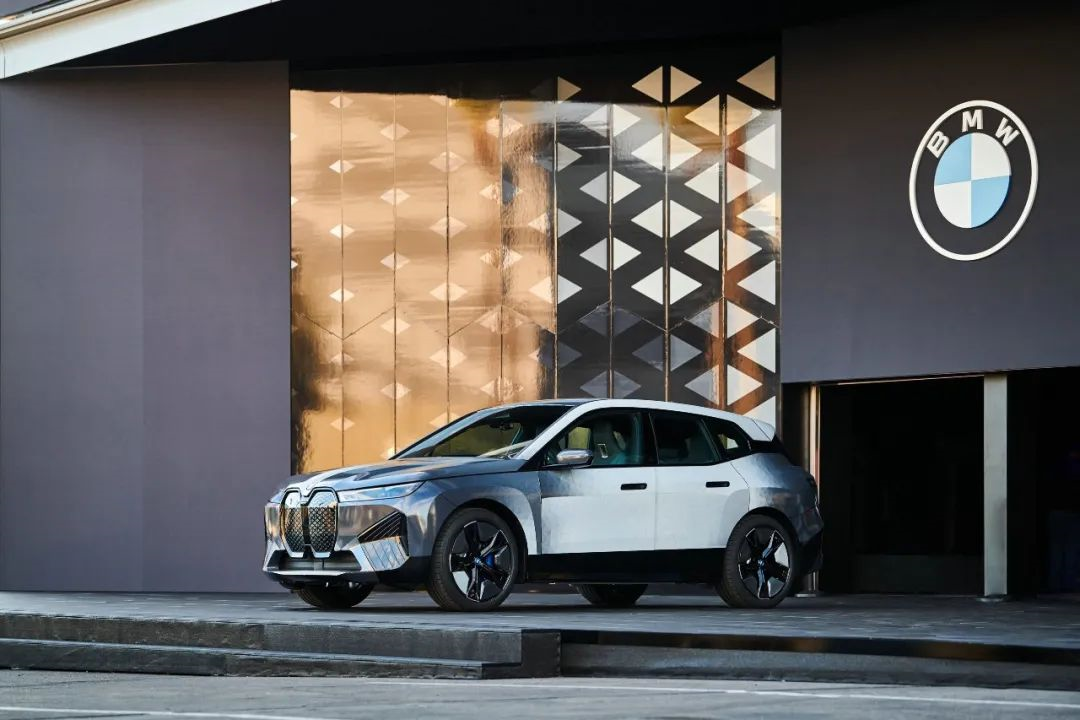Author: Michelin
Perhaps due to the rapid development of intelligent technology, or the increasing emphasis on “technological equality” in the digital era, intelligent cars always give us a sense of familiarity with their external appearance, fully functional cabins, and minimalist design. So much so that whenever a new model is released, we can always find familiar shadows in it.
Automotive designer and historian Robert Cumberford describes this as “hiding technological radicalism behind an extremely simple exterior.”
Under this philosophy, minimalist styling, detailed design, and digital functions hidden in the cabin have become almost standard features of new cars in this era.
It is precisely because of this that when I saw the release of the BMW iX Flow at the 2022 CES at the beginning of the year, it was more of a surprise. Using a technology similar to Kindle’s “electronic ink,” BMW iX Flow can achieve one-click color change.
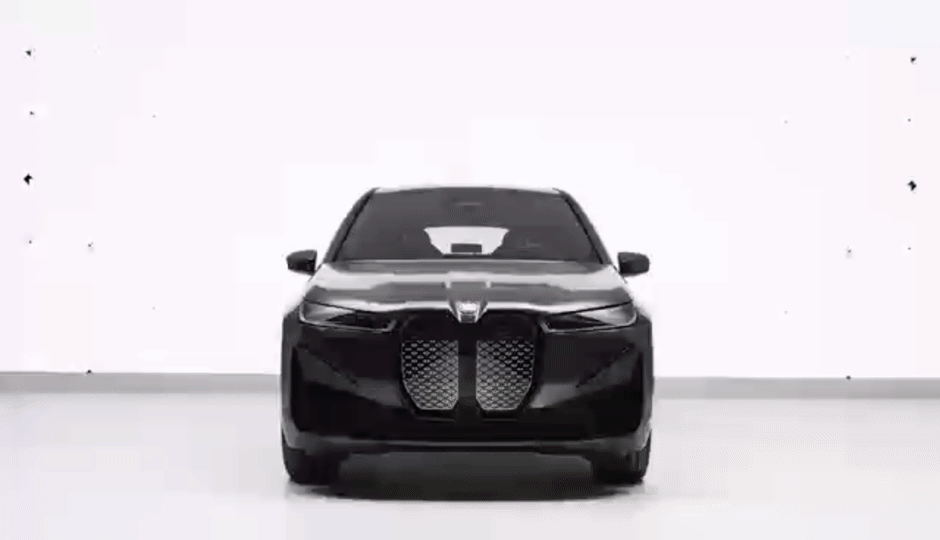
As a concept car, it seems too early to worry about whether it can “hit the road” and “what about the driver’s license?” But on it, we do see the other side of digitalization:
Digitalization is not just about uniform minimalist styling and hidden details. It’s not just “less is more” or flat design; digitalization can be diverse and can even exist outside the body of the car. It can have different meanings, and everyone can define it differently.
So, just a month after Kindle announced its departure from the Chinese market, I arrived in Beijing and saw this giant, curved, 360-degree “Kindle” in the form of the BMW iX Flow, along with the digital design concept it represents. Let’s see how BMW plays with digitalization.
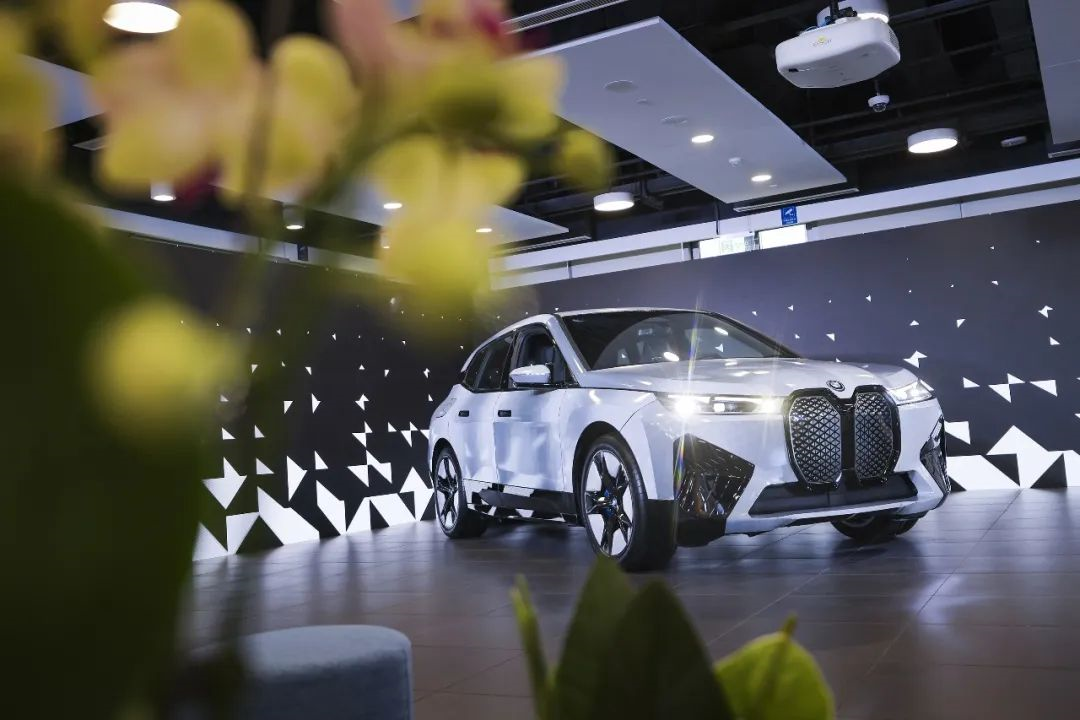
How does digitalization create a sense of luxury?
In Maslow’s hierarchy of needs, which is well-known to everyone, human needs are divided into five levels from low to high: physiological needs, safety needs, love and belonging, esteem, and self-actualization.
If we correspond this to today’s intelligent car design, it roughly corresponds to functional implementation, reliability, enjoyable experience, and expression of self-realization and personality.
The first two are the foundation of a product. It is difficult to call a design that lacks a certain function or experiences frequent crashes and delays as a qualified product.### Introduction
A variety of underlying innovative technologies have emerged on intelligent cars, such as BMW’s new electronic and electrical architecture, 5G interconnectivity technology, and ultra-wideband (UWB) technology, which lay a foundation for diversified functions with underlying technology.
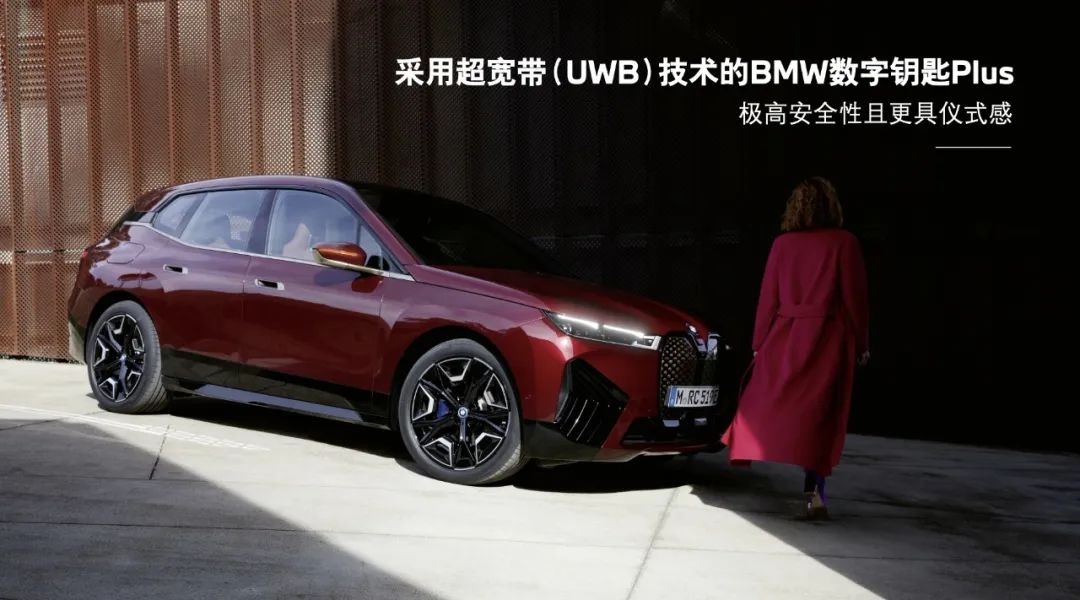
However, the latter two have posed a higher challenge for a brand.
A common question: “why can’t electric cars create a sense of luxury in the era of electric vehicles?”
In essence, it is because in the past few decades, the sense of luxury created by luxury brands not only comes from the V8 engine, zero to 100 acceleration capability, but also from the unified style and comfortable user experience portrayed in the design, as well as the detailed considerations for users’ usage, even the freedom to showcase individuality to the user.
These still apply in the digital age.
Multi-dimensional design to create an immersive ambiance
In recent years, a popular term online is “beauty/handsomeness with ambiance”, referring to the beauty presented through various details, such as appearance, manners, dressing, personality, etc., which was previously referred to as “temperament.”
For cars, there is also such a temperament: we will not see any inconsistent designs on the car, the harmonious elements are distributed inside and outside the car body, and a sense of immersion is created by grasping the detailed functions.
When we first see the BMW iX Flow, there is a sense of familiarity and harmony. There is a special film on the BMW iX Flow body – electronic ink (E-ink) technology.
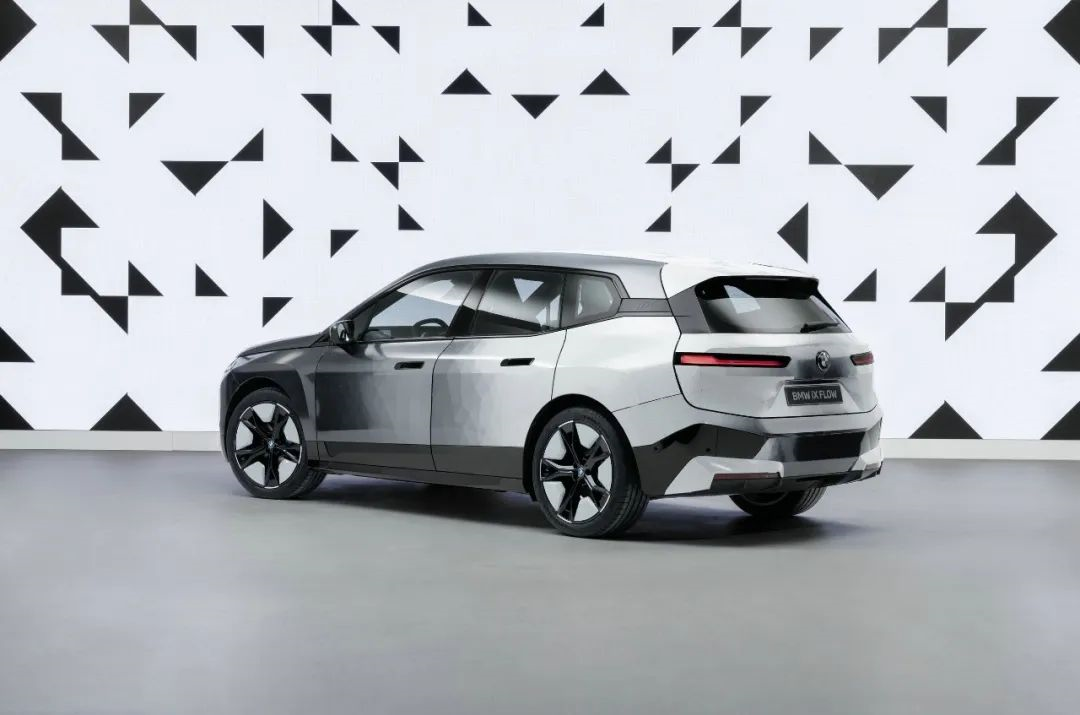
The E-ink’s dual-color electronic system consists of millions of transparent microcapsules, the thickness of which is as fine as a hair. The desired color can appear on the car body surface by controlling the electrodes on both sides of the microcapsule, thus changing the car body color.
This technology, which has matured in e-books, is used in cars for the first time. In order to make it conform to the car body in a three-dimensional shape, the E-ink film is divided into countless small triangles. It can not only be more conformable, but also change color according to the triangle unit.
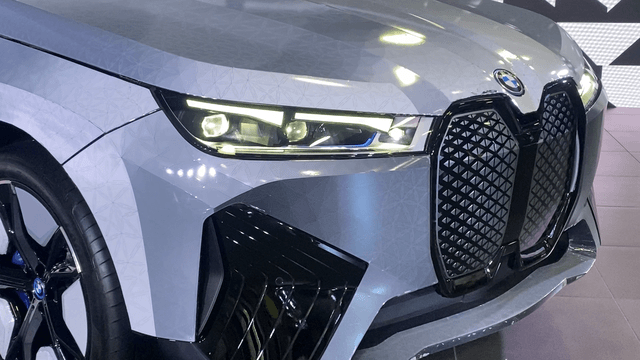
And these triangles match the triangle shape on the BMW iX air intake grille. If we look at the crystal knob of iDrive 8.0 inside the car, we can find the source of the design-the light and shadow sections refracted by the crystal.
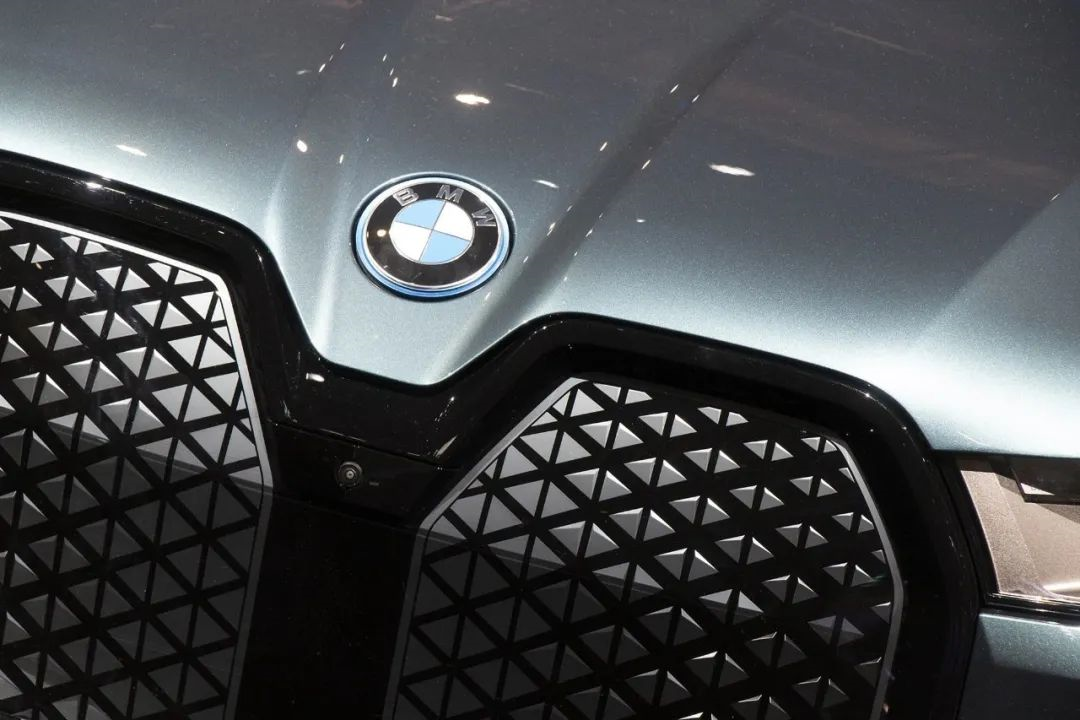 The unified element design also comes from the UI design of iDrive 8.0: the speed on the dashboard is arranged in a “slanted angle” line, the small indicator bar in the upper right corner of the central control screen is “cut” off the lower left corner, and the diagonal decoration faintly appearing on the function card is consistent with the crystal facet of the iDrive crystal knob.
The unified element design also comes from the UI design of iDrive 8.0: the speed on the dashboard is arranged in a “slanted angle” line, the small indicator bar in the upper right corner of the central control screen is “cut” off the lower left corner, and the diagonal decoration faintly appearing on the function card is consistent with the crystal facet of the iDrive crystal knob.
Even the BMW embrace-style interactive light strip in the car can also collaborate with BMW’s new theme mode (My Modes) and work with internationally renowned composer Hans Zimmer to create BMW IconicSounds Electric, simulating the sound of the BMW electric car, to create an immersive experience through visual, sound and image.
In the concept films of future science fiction, we often see scenes of people seamlessly reaching their destination by riding in a moving box.
In the digital age, as design becomes more restrained and minimalistic, do we only have boxes with orderly appearances? Not at all. We still have more freedom to express our personality, even having the freedom to change the color of the car like changing clothes, of course, this must be allowed by the laws and regulations in advance.
The electronic ink technology of BMW iX Flow provides this possibility for freedom. By controlling the color change of millions of microcapsules in the electronic ink system through the electronic system, the body of the car can show different colors and even different patterns.
Dr. Stella Clark, the project leader of BMW iX Flow, said, “Every time you get in your car, you can redefine the color of the body. This enables users to express their personality through color changes, and also means that the vehicle will become a carrier for people to express different emotions.”
In addition to personalization, BMW iX Flow is also trying more functional features.
In the recent mass-produced cars in the past year or two, more and more have been equipped with “smart light language function”, using the car lights to form a heart or display status with the tail lights, which seems like a fancy gimmick, but it is actually preparing for the maturity of future vehicle-to-vehicle communication technology.BMW iX Flow has made more attempts in information processing. Through electronic ink technology, the body color or pattern can be changed to indicate the vehicle status to the outside world, whether the vehicle is fully charged, and even the prominent “new driver” on the body.
In terms of functionality, the variable color body is also beneficial for reducing energy consumption. In the hot summer, opening a white body reflects more sunlight, reducing the impact of strong sunlight and high temperature on the vehicle interior, and preventing the interior such as the central control panel and dashboard from overheating. In winter, the black body absorbs more heat from the sun, reducing the energy consumption required for air conditioning heating and indirectly increasing the electric driving range.
Of course, whether in terms of technology or design, the original intention is not to show off but to better serve users. How this variable color body will be used in mass-produced vehicles in the future and what more practical applications there will be are still under exploration.
In May of this year, BMW collaborated with the startup Brainboost in Munich to combine electronic ink technology with neuroscience technology, enabling BMW iX Flow to respond to brain waves. When the brain is in a state of rest, the pattern on the Flow tends to be calm and rhythmic; when the brain is active, the vehicle changes color.
Whether it is the exploration of personality and functionality of BMW iX Flow, or the creation of an immersive experience inside the vehicle, it far exceeds the scope of whether this function can be used and whether it is good or not. But it creates a harmonious and unified immersive feeling.
Good design comes from the feedback of local consumers, as cars, as industrial products, are different from artworks and are not just expressions of designers’ ideas.
In the intelligence cockpit intelligence agency last year, we found that at that time, domestic car companies’ intelligent assistants had already adopted the humanized image, but many foreign brands did not adopt concrete humanized intelligent assistants. For example, the familiar SiRi has never had a face from beginning to end; and BMW and Mercedes-Benz have mainly interacted through sound and light and shadow before.
Our guess is: Do foreigners not like human-like images?The designs of foreign brands have been led by foreign users and designers, which has been a mindset in the automotive industry for decades, until recently when this perception began to be broken.
This year, BMW’s Intelligent Personal Assistant has a “face” – a cute, abstract, round ball-like creature with eyes.
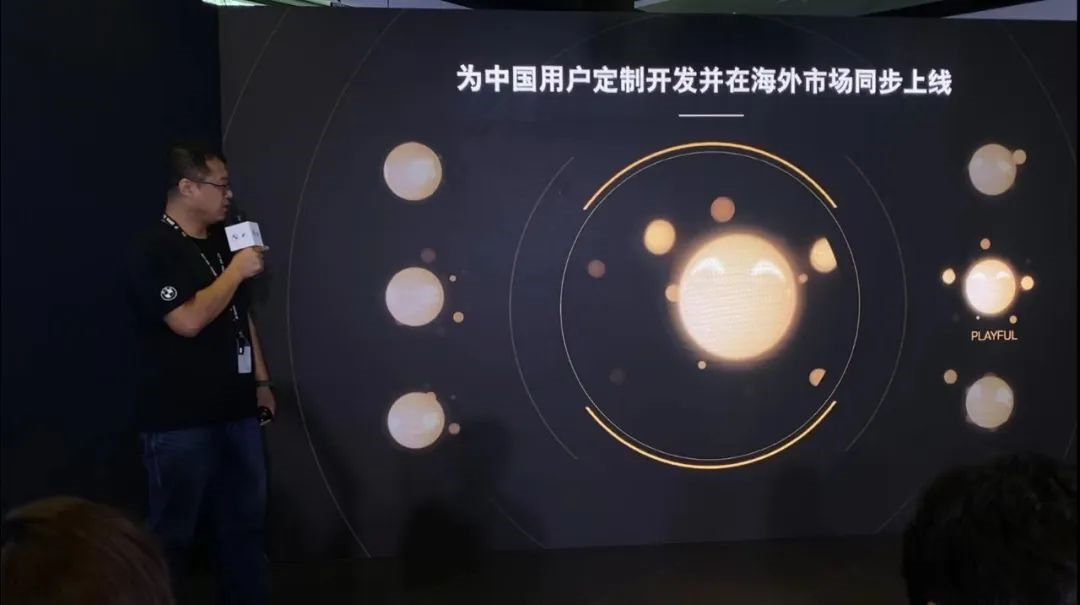
BMW’s digital product experts stated, “Chinese consumers are more receptive to anthropomorphic virtual images.” This visual image, created by the Chinese digital team based on in-depth research and analysis of the Chinese market, includes dynamic coordination of six types of emotional visual design with the “pupils” to enable the intelligent personal assistant to express richer emotions. Today, this anthropomorphic design based on the demands of the Chinese market will be launched in the European and American markets at the same time.
As the largest single market for BMW overseas, we can see more and more designs based on Chinese local demands. The BMW Group has established the largest R&D and digital system outside Germany in China, with a footprint covering Beijing, Shanghai, Nanjing, Shenyang, etc., to support BMW’s digital innovation in digital products, software development, interaction design, and user research.
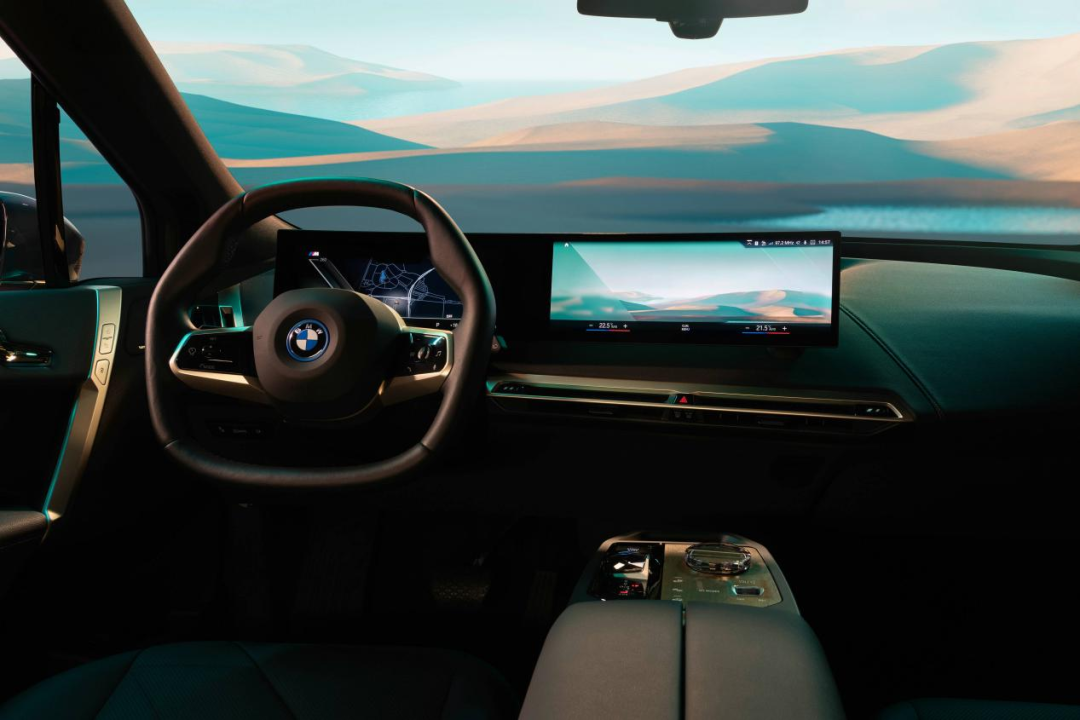
In 2022, BMW has introduced a suspended giant screen in the rear. For the entertainment-oriented floating giant screen, users in different regions have different viewing habits and demand for video and entertainment resources.
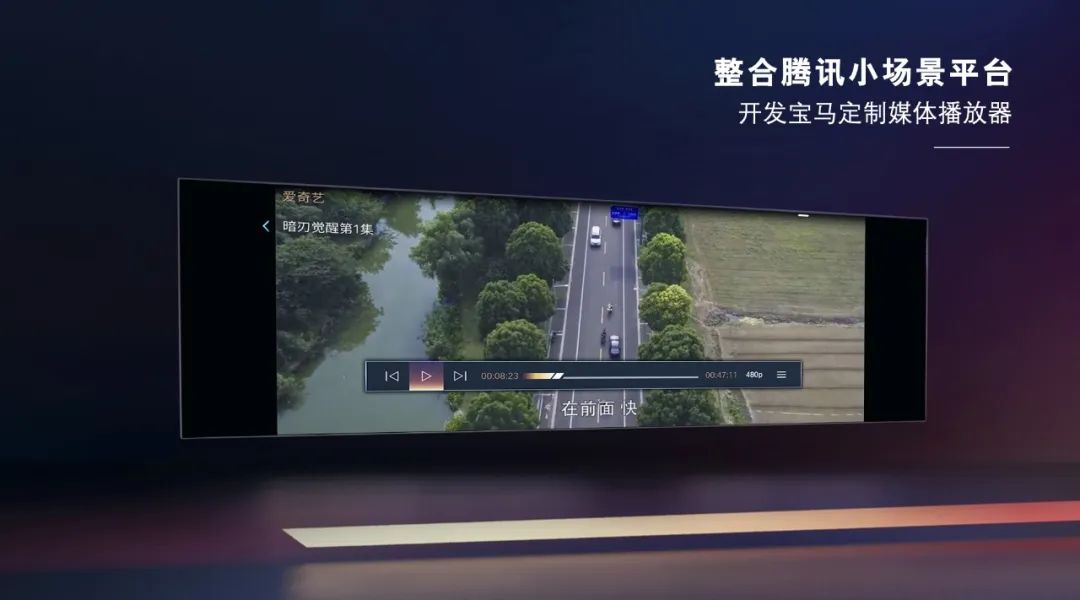
To this end, BMW collaborates with mainstream video media in the Chinese market, customizes personalized interface design that conforms to the iDrive 8.0 UI style in collaboration with iQiyi to ensure that the layout fits the screen size of the vehicle to improve the viewing experience of the rear screen. To enrich the entertainment resources, BMW introduced the Huawei application market, and also customized the visual effects for highly frequented applications.
It is worth noting that when introducing third-party applications and improving the in-car ecosystem layout, BMW China’s UIUX team tailors customized user interfaces to maintain a uniform BMW style. Continuous design optimization and updates are also done for the applications that have already been launched.
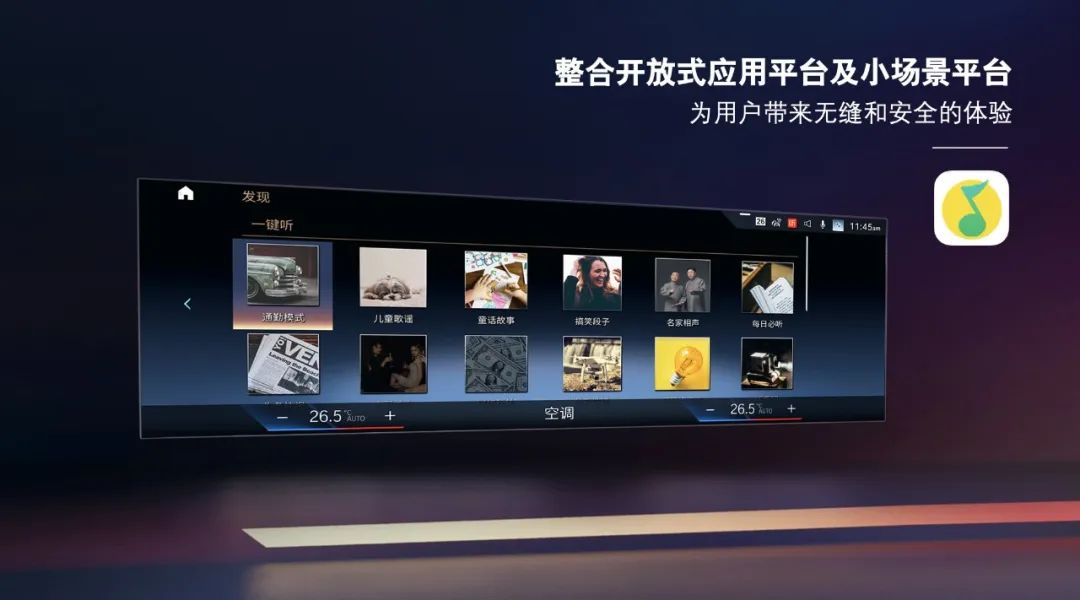 The demand from local users and the innovation of the Chinese digital team brought about festival eggs. This originated from an internal innovation of the Chinese team, in which BMW sent blessings to users during the Mid-Autumn Festival. Now it has become a feature of BMW globally and pushes festival eggs to users all over the world.
The demand from local users and the innovation of the Chinese digital team brought about festival eggs. This originated from an internal innovation of the Chinese team, in which BMW sent blessings to users during the Mid-Autumn Festival. Now it has become a feature of BMW globally and pushes festival eggs to users all over the world.
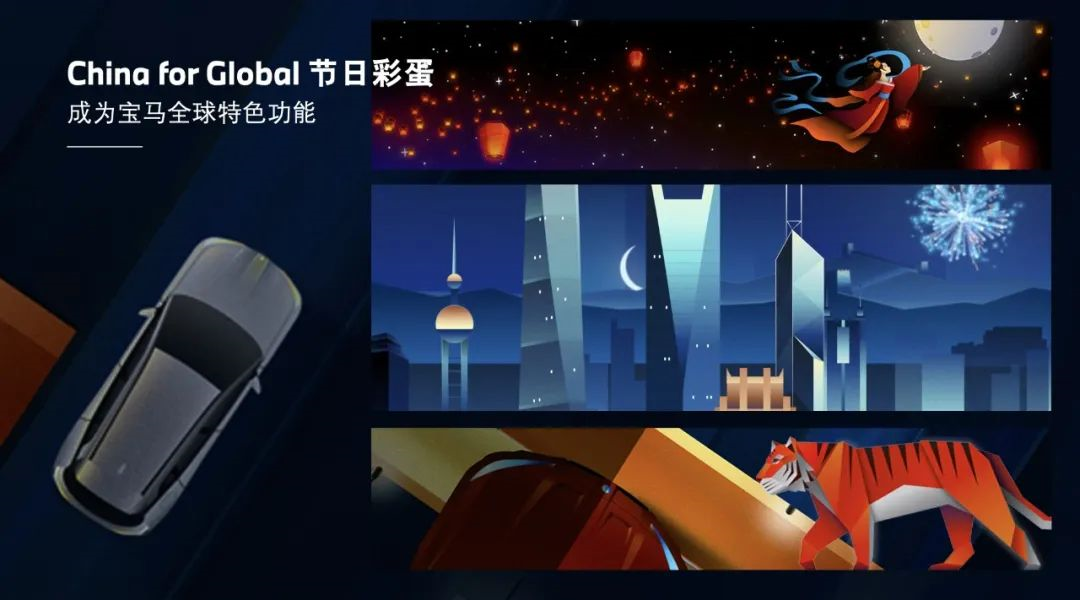
Lastly
After experiencing a certain car last year, the GeekCar office reached a consensus based on a comment from @GeekCar Xiao Pangzi: “This car has humanistic care.”
It is difficult for us to specifically define what human care is, but in the digital age, bold innovation that provides users with more possibilities to try and the consideration of actual local user needs and usage experience in product development and detail polishing can provide a new experience beyond the cold intelligence.
As for the question of “how digital should be defined,” BMW seems to be answering it with actual actions: digital is defined by users.
This article is a translation by ChatGPT of a Chinese report from 42HOW. If you have any questions about it, please email bd@42how.com.
